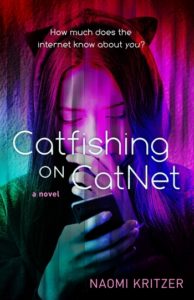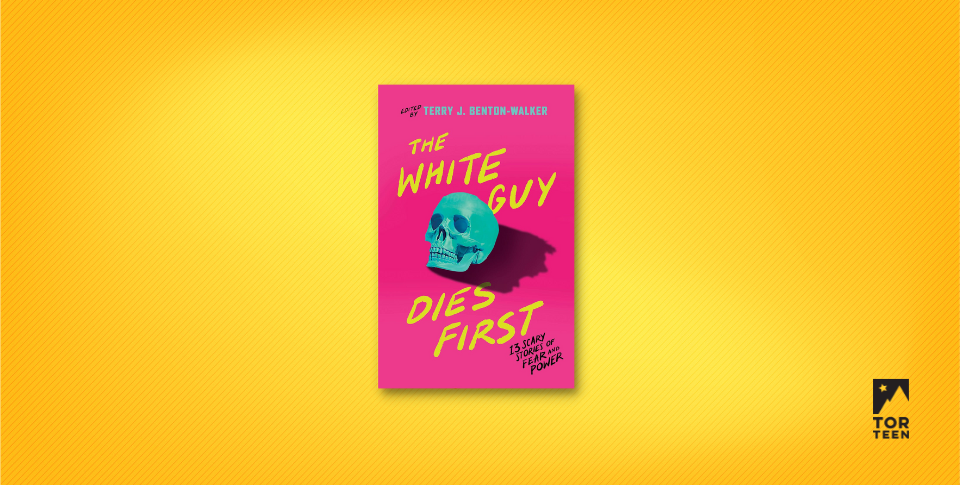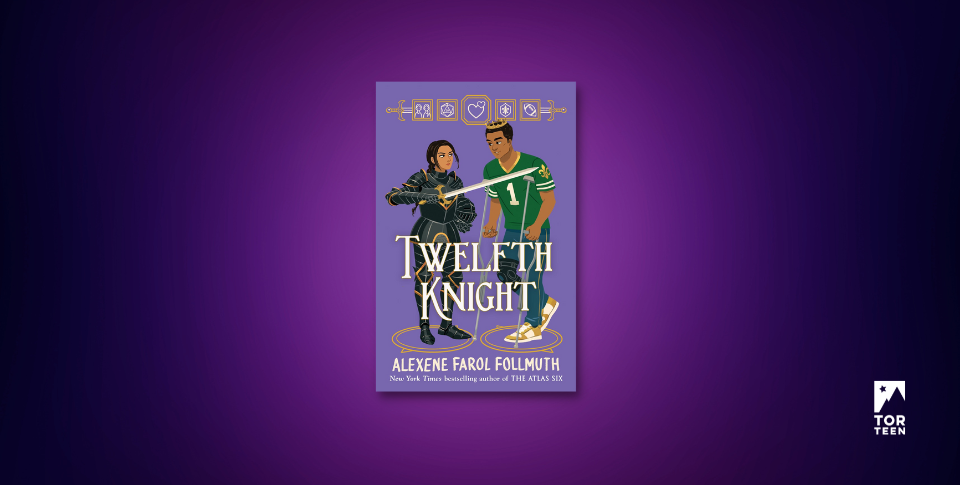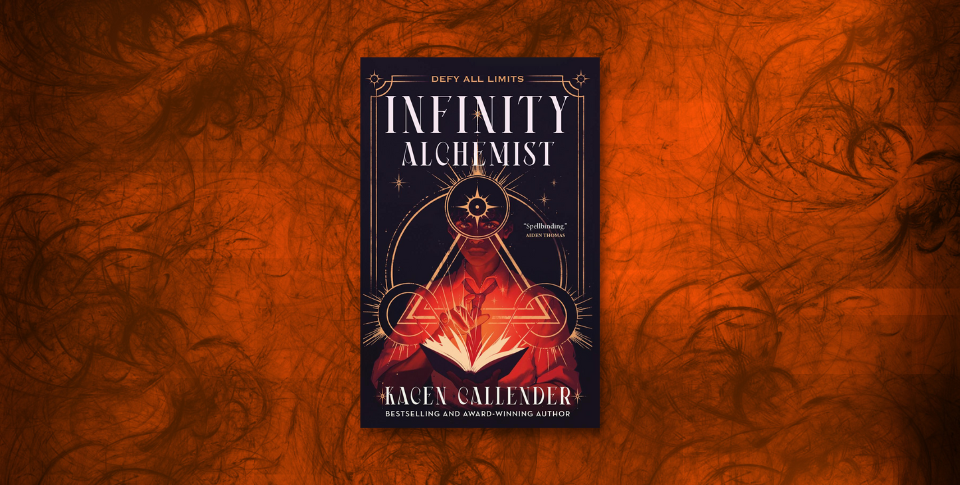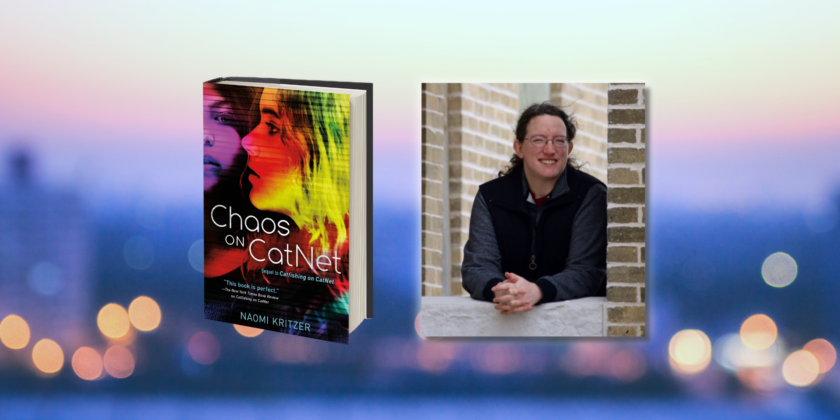
Locations both digital and IRL are a vital component of Naomi Kritzer’s CatNet series, which began with 2019’s critically acclaimed Catfishing on CatNet. Now she offers us a deep dive into the Twin Cities of Minneapolis and St. Paul, Minnesota—locations that she loves, and also the primary setting of the riveting and recently released Chaos on CatNet.
By Naomi Kritzer
I moved to Minneapolis in 1995, right after graduating from college. In 2012, my family moved across the river to St. Paul. In writing Chaos on CatNet, I had Steph and her mother end their travels (at least for now) in Minneapolis, and I wanted to give both Steph and my readers a glimpse of some of my favorite places around the Twin Cities.
Powderhorn Park

Powderhorn Park is a giant bowl of a park, with a lake at the bottom like the milk when you’re done eating cereal.
Powderhorn Park has two playgrounds, a wading pool, playing fields, steep hills suitable for sledding, and a small lake with a tiny island. It’s also the home of the Mayday Festival. For decades, the Heart of the Beast Puppet and Mask Theater in Minneapolis organized a parade and festival to celebrate the coming of spring with art, politics, a parade, and a pageant.
As part of the pageant, people row decorated boats across the lake in canoes while blowing on a conch shell, and then raise a giant Tree of Life puppet while the audience sings “You Are My Sunshine.” Regardless of how unpleasant the weather has been so far that day (and even in May, it sometimes snows), the sun comes out during the pageant; anyone who’s been to the festival will vouch for this.
During the festival, Powderhorn’s lake is ringed with tables from organizations, including political candidates and numerous labor unions.
Most of the action in the book takes place in the Powderhorn Park neighborhood; there are a lot of small apartment buildings and up/down duplexes like the one Steph and her mother move into. It’s a diverse, interesting, relatively affordable neighborhood where many of my friends live. The northwest corner of Powderhorn Park is two blocks from the Midtown Exchange.
The Midtown Exchange
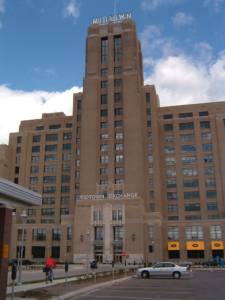
The Midtown Exchange turns out to be an enormous building, once a department store, now mostly apartments but with a “market” on the ground floor. The market is a giant food court, but instead of chains and fast food it’s small, local stalls designed to feel a little like an open-air market. I check my pocket for money and decide I could probably buy lunch here. I recognize only about half the foods available but everything smells delicious.
Until 1994, there was a Sears department store and mail-order fulfillment warehouse on Lake Street in Minneapolis. It’s a huge building, and after it closed in 1994, it sat empty for over ten years. During a lot of that time, there was endlessly infighting over what to do with it. Tear it down? Redevelop it? At one point, the leading plan was to tear it down and build a suburban-style mall with big box stores, but that plan (fortunately) fell apart in the face of neighborhood opposition.
Finally, in 2005, the building re-opened. Part of the complex now holds offices for a health care company; the upper floors of the main building house about 300 apartments; and the ground floor is the Midtown Global Market.
The global market is set up kind of like a food court, with communal seating areas but much cooler food than a mall food court. Currently you can buy food from Venezuela, Morocco, Mexico, and Cambodia; there’s also a burger place and a craft brewery. In addition to the restaurants, there are stalls selling crafts from around the world, artist-made jewelry, fancy cheese, and organic produce. It’s a fantastic place to meet friends and eat – the pandemic has been extremely hard on the vendors there, and writing this made me think about how now that I’m vaccinated I should make plans to go there soon.
Can Can Wonderland
Can Can Wonderland is this very artistic indoor amusement park. There’s a mini golf course that was designed by artists and an arcade that has pinball machines from the 1970s and an artist-designed indoor roller coaster that was designed by my friend Elise. It’s … I mean, okay, if I were a supervillain it would legit be my first choice for a lair. But it’s a very unconventional one.
Can Can Wonderland is a real place but it doesn’t have the roller coaster (I made up the roller coaster) nor is it staffed by robots (it is staffed by humans). Also, I am pretty sure the owners are not supervillains. (I haven’t actually checked.) It does have an artist-designed mini golf course, a room full of vintage pinball machines, and a bar that serves a really interesting selection of drinks. The minigolf is really cool, with some creative, silly, fun approaches to holes (like there’s one where they have you put your golf ball on a T like for T-ball and whack it with a baseball bat).
It is in a big old industrial building that once housed a can factory. Their neighborhood in St. Paul includes a mix of industrial buildings that are still very industrial (like an industrial lubricant manufacturer) and former industrial buildings now used for other things (like an Irish dance studio).
Should you visit Minneapolis and Saint Paul, I hope you’ll explore the wonderful places my two cities have to offer – including all the ones Steph never made it to!




